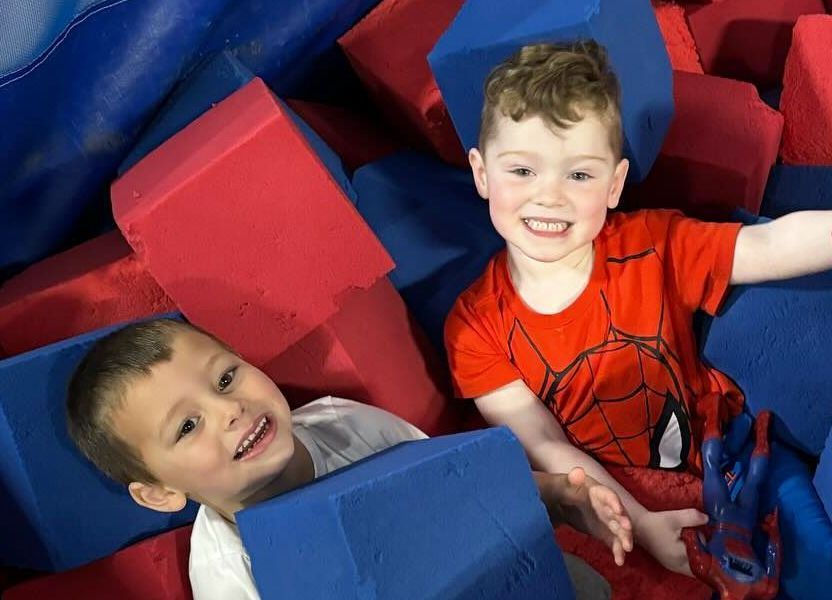Our Programs
We believe in providing top-notch gymnastics and ninja classes for children of all ages and levels. Our classes are designed to cater to all ages and levels. With experienced and certified instructors, we create a safe and nurturing environment for your child to develop their skills and build their confidence. Regardless of age and ability, our programs give every student the opportunity to excel.
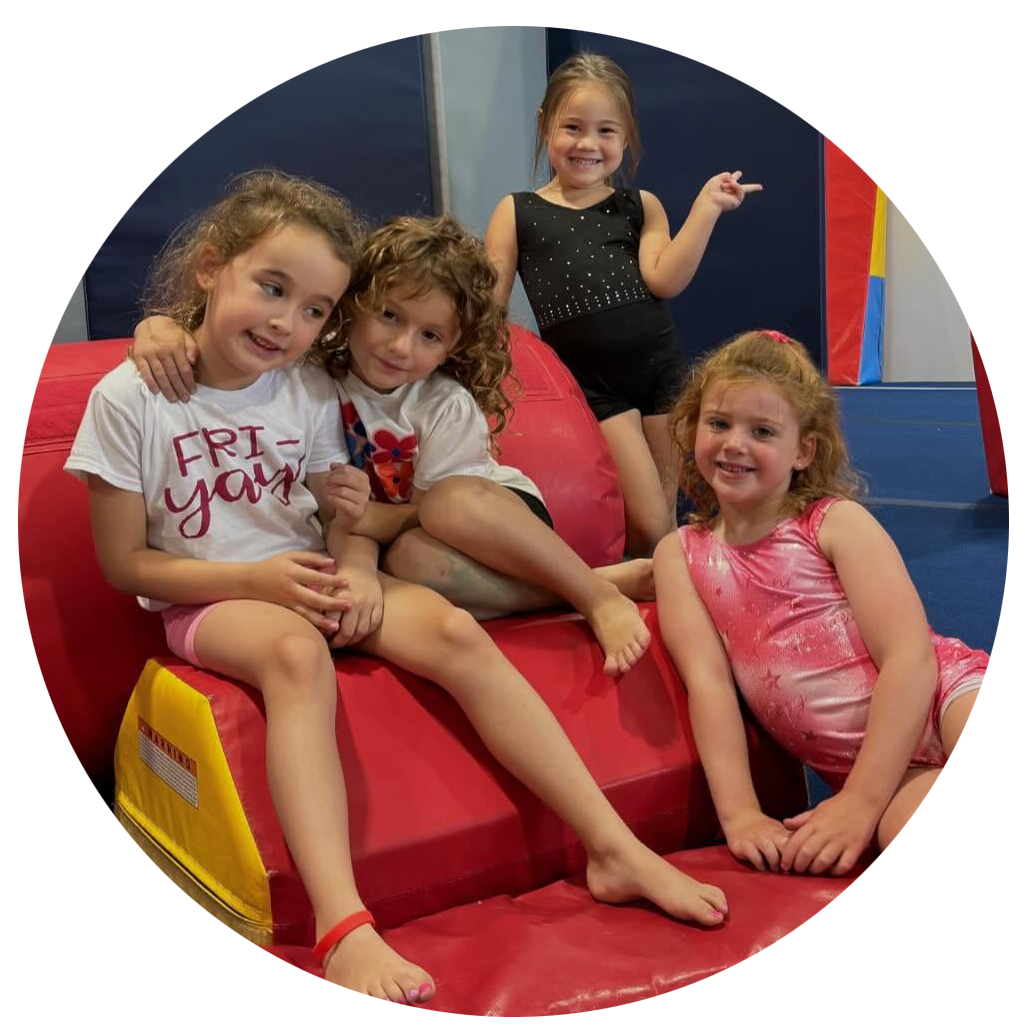
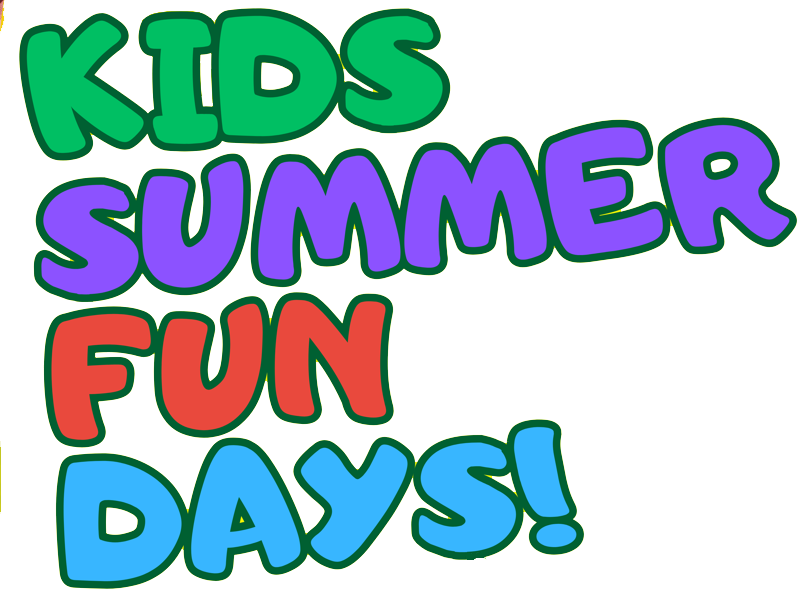
Ages 5 - 11
Summer Fun Days are back and better than ever for 2025! ☀️ This year we will be hosting a full day option of 9:00 AM - 3:30 PM each day.
Children ages 5-11 are welcome to participate in our program with costs ranging from $105 per day to $460 per week.
Week 1: June 23rd - June 27th
(Aloha, Summer Theme)
Week 2: June 30th - July 3rd
(Dinosaurs Theme) (Gym closed July 4th)
Week 3: July 7th - July 11th
(Wild Wild West Theme)
Week 4: July 14th - July 18th
(Carnival Theme)
Week 5: July 21st - July 25th
(Intergalactic Theme)
Week 6: July 28th - August 1st
(Disney Theme)
Week 7: August 4th - August 8th
(Barnyard Bash Theme)
Week 8: August 11th - August 15th
(Happy Campers Theme)
Week 9: August 18th - August 22nd (Superhero Theme)
PreSchool Gymnastics
Ages 3 to 5
Fast paced and fun, providing our youngest athletes with a chance to learn, grow, and have fun, all while building their skills, both physical and mental.
Children ages 3 to 5 find a great start in these classes, and start on a path to bigger and better gymnastics (and ninja!) at this young age.
Classes are available mornings, evenings, and weekends.
Many students take advantage of our pricing for multiple classes - giving them more chance for improvement, more time in the gym, and more opportunities to grow and learn with us!
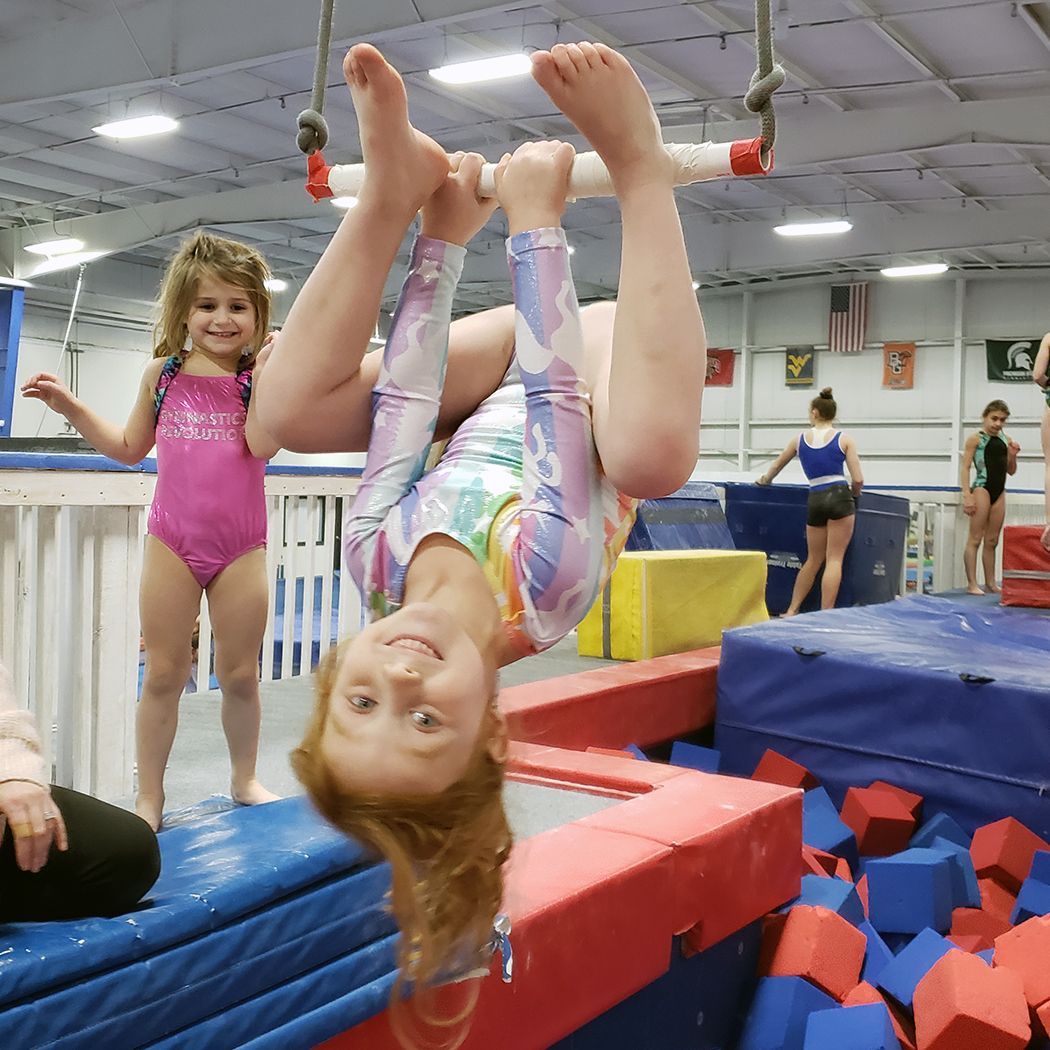
Toddler Time!
Ages 1 to 3
Explore. Develop. Socialize. Roll. Balance. Walk. Interact. Have Fun!
The benefits to Toddler Time classes are endless. Get your little one started on the path to success. Our coaches work hard to show parents the right techniques and safety to use while guiding (or following!) your young walker through class.
Come join the community - you'll be glad you did!
Recreational Gymnastics
5 years and up
Learn the basics of our sport, from terminology to skills, using Olympic equipment and hundreds of training devices. Our coaches make gymnastics fun and safe, all while helping to develop a great base from which to grow.
You can even consider joining our Recreational Teams (CTGA), as your skills develop.
Most students benefit from multiple classes per week, and our pricing structure makes this possible.
Classes are for girls ages 5 and up.
Evenings and weekend classes available.
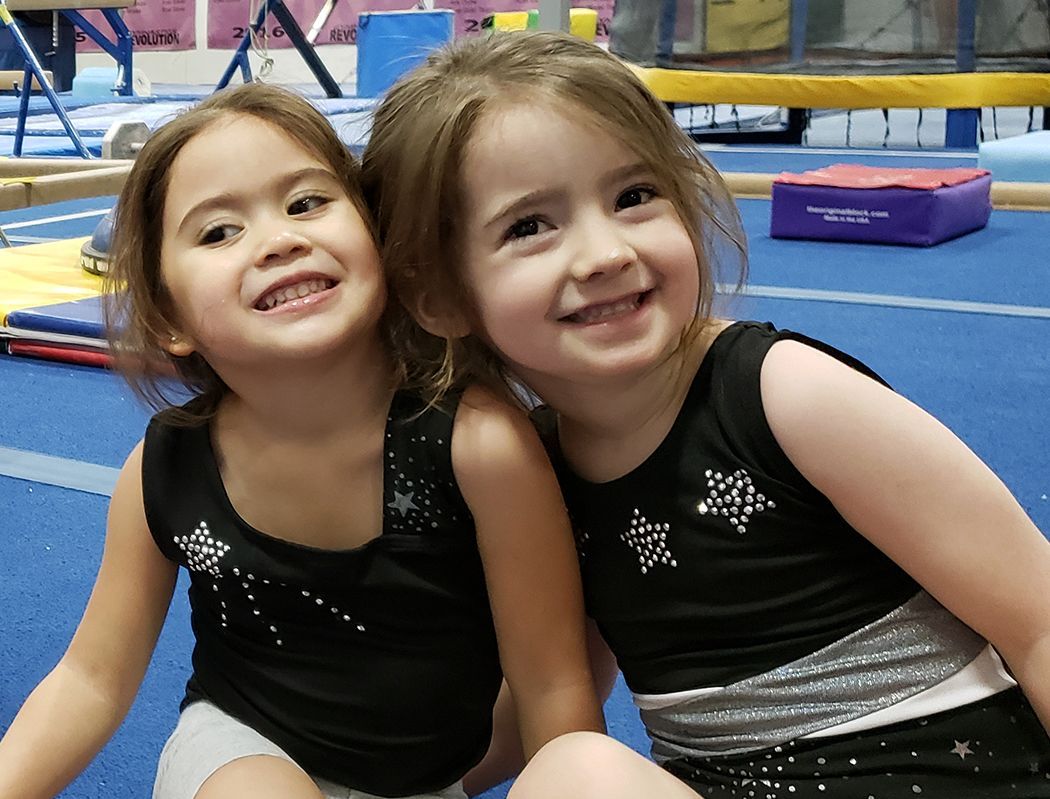
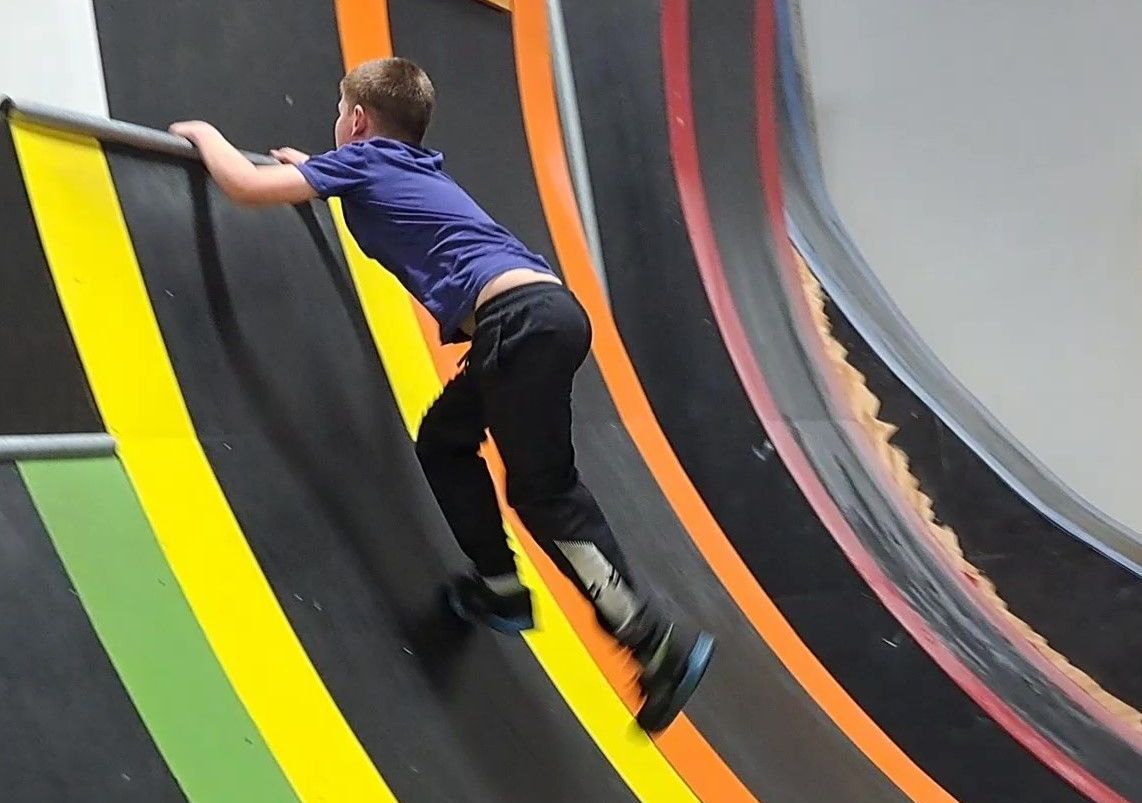
Ninja Classes
Ages 5 - 13
An amazing way for young athletes to stay fit, challenge themselves, develop balance, strength, agility, and speed, and to have fun!
Obstacle Courses, flips, tricks, and challenges for everyone! Ninja is the fastest growing sport in the US. Come check it out.
Coed, ages 5 and up.
Evening and weekend classes available.
Competitive Teams
CTGA TEAMS | USAG TEAMS | XCEL TEAMS
Gymnastics Revolution has a long standing tradition of excellence in competitions. State, Regional, and National champions call Gym Rev home.
Yet it all starts at a younger age. Whether competing in the USAG programs, or becoming a part of our innovative, inclusive CT Gymnastics Association team, competitive gymnastics is what we're all about.
Gymnastics Revolution is the premier competitive gymnastics center in the area. And we have a place for all gymnasts!


